35 Days Budget Travel in Europe for Under $4000
My journey began at a time when I was earning just $1,500 a month as a furnishing worker. Despite financial constraints like paying off student loans, I took the leap to explore Europe, framing it as a career gap and a lifetime opportunity to visit bucket-list destinations. Traveling Europe doesn’t have to be as daunting as it seems—anyone can embark on an adventure with determination and the right strategy.
Even amidst 2024’s inflation challenges, a $4,000 budget can allow you to visit hotspots like the Netherlands, Spain, Italy, and Portugal. I’ve also seen couples on Chinese social media take similar trips, proving Europe is accessible for all travel lovers.


A Complete Guide to Plan an Affordable European Adventure
Europe is often seen as an expensive travel destination, but a 35-day Europe trip for under $4000 is entirely achievable—even in today’s economic climate! With smart planning, you can explore popular destinations across Western and Southern Europe without breaking the bank.
In this guide, I’ll share my tips on planning a budget-friendly Europe trip, break down my travel itinerary, and explain how to utilize benefits like airline delay compensation and youth discounts. For instance, an international student card can unlock significant discounts at top tourist attractions and museums, further reducing your overall expenses.
Overall, my route included must-see Europe destinations such as the Netherlands, Munich, Switzerland, Italy, Southern France, and ending in Spain and Portugal. You can either follow my journey or adapt the itinerary to suit your travel philosophy.
Let’s get started the exploring!🙌
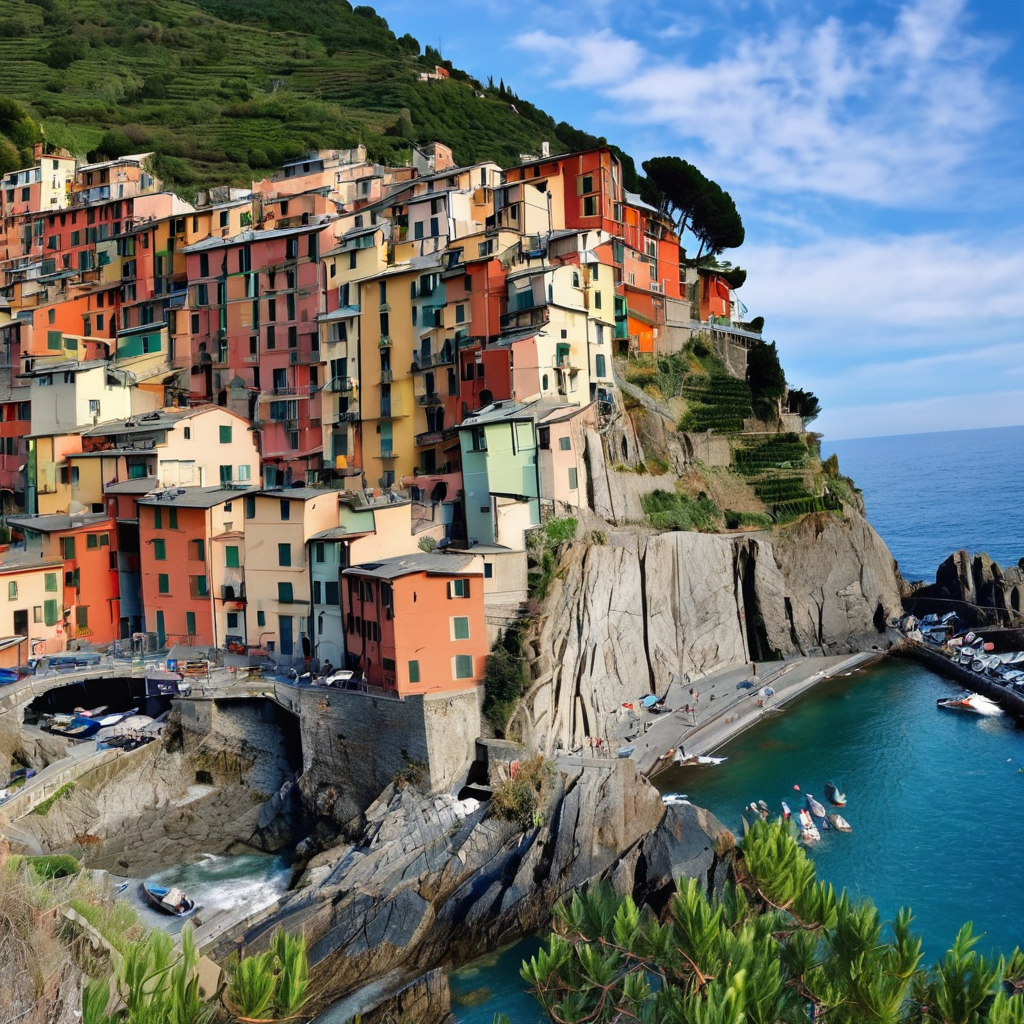
Smart Planning Your Europe Trip
Budget Breakdown & Daily Costs
Frankly, traveling Europe for 35 days with $4000 means operating on approximately $115 per day. While this might sound challenging, it’s absolutely achievable with smart planning. This budget breaks down the 35-days challenge to roughly
- $30 for accommodation (mixing hostels, budget hotels, and occasional apartment stays)
- $25 for transportation (combining rail passes, budget flights, and local transport)
- $25 for food (balancing grocery shopping, local markets, and occasional restaurants)
- $25 for sightseeing and activities (utilizing free walking tours, museum passes, and student discounts)
- $10 for miscellaneous expenses (including SIM cards, laundry, and small souvenirs)
Therefore, what makes this budget work is the balance between Western and Southern European destinations. While you might spend $140-150 daily in cities like Netherland or Munich, sometimes expenses is higher in Switzerland, and you can balance this with $80-90 days in places like Servile or Porto.
Best Times to Visit Different Regions
Weather and timing play crucial roles in your budget strategy. Traveling during shoulder season (April-May or September-October) can save you up to40% on accommodation and flights. For instance, a hostel bed in Barcelona drops from $40 in August to $25in October, while still offering perfect sightseeing weather.
However, if festivals and vibrant atmospheres are your priority, summer (June-August) is ideal. During my trip, I started in the Netherlands in late May and transitioned to Italy and Spain in June, enjoying excellent weather across all destinations.
Money-Saving Booking Strategies
Pro tip: Create a booking calendar marking when to secure different elements of your trip. Book flights 60-90 days out for the best deals, especially for budget airlines like Ryanair or EasyJet. Their Tuesday or Wednesday flights often cost 30-40% less than weekend options.
- Flights: Book budget airline tickets 60-90 days in advance. For example, I scored a $500 round-trip ticket from Shanghai to the Netherlands with British Airways by choosing a connecting flight. Discover your next destination with ultra-budget flight deals
- Train & Bus Tickets: Europe’s rail system offers flexibility, but bus travel is often more economical. For instance, I used a $34.9 budget night bus from Portugal to Andalucía Spain, saving on train costs.
- Accommodations: Combining hostels, budget hotels, and occasional splurges on local-feature accommodations keeps your stay affordable yet enjoyable. Platforms like Hostelworld or Airbnb often have early-bird discounts.
- ①Find available Hostel ② Find available B&B
Where to Go: Building Your Europe Itinerary
Mixing expensive cities with affordable ones is key to managing your budget. Here are highlights from my route:
Mediterranean Europe: Portugal & Spain & Italy
-Spain: Don’t miss Andalusia, where $1 glasses of wine and complimentary tapas make dining an experience. While Barcelona is stunning, Andalusia’s charm will linger in your heart.
-Portugal: Porto is a backpacker’s paradise with affordable wine tours and exquisite seafood dishes. Even budget-friendly restaurants serve high-quality meals paired with local wine. The sunny weather and sweet ocean breeze make it a year-round favorite.
-Italy: While I was in awe of the grandeur of the Colosseum in Rome, I would personally recommend Northern Italy’s Cinque Terre. This enchanting region is famous for its vibrant lemons, their golden hue brighter than anything else. Find a cozy little hotel overlooking the endless expanse of the Mediterranean Sea, and let life’s beauty unfold in this breathtaking wilderness.
Western Europe: Netherlands & Beyond
-Netherlands: Explore beyond Amsterdam to city like Rotterdam, where modern architecture tells a different Dutch story. The Cube Houses and Market Hall are free to explore. Utrecht, with its two-level canals and student vibe, gives you that Dutch charm for 30% less than Amsterdam prices.
-Switzerland: Although expensive, the breathtaking train rides and landscapes, like Jungfrau, are worth the splurge. It’s one of those moments where saving on other destinations—or even working a bit more after the trip to compensate—feels completely justified. The endless green meadows brought to mind Heidi and her grandfather, creating a sense of pure, storybook serenity. It’s truly a must-go for nature lovers. Alternatively, skip Lucerne unless you’re seeking a romantic lakeside retreat or ski getaway.
-Germany: Munich’s friendly locals and engaging free walking tours make it a favorite. Berlin offers affordable cultural experiences with $3 döner kebabs and free art tours in Kreuzberg.
Practical Tips for Budget Travel
Saving money doesn’t mean compromising on the quality of experience.
Transportation Hacks
By Flights options
Europe has a wide range of budget airlines. These airlines typically offer extensive routes across European countries, making them ideal for short trips and travelers on a budget.
- Vueling: As a Spanish low-cost carrier, Vueling is an excellent choice for travel within and to/from Spain, with ticket prices starting as low as €29.
- Ryanair: A veteran in the budget airline industry, Ryanair boasts the most extensive network of routes across Europe, making it a go-to option for affordable travel.
(Flights widget)
By Bus options
Night buses and trains can save on accommodations, but buses often provide better sleep quality and security for luggage in my perspectives. Platforms like FlixBus and Omio help you find the best deals.
Actually, I was surprised by the comfortable experience of taking the bus in Europe. Many bus companies offer excellent services, including reclining seats, free checked luggage, complimentary Wi-Fi, and, in some cases, even free refreshments like tea or coffee. Buses departing from Switzerland are particularly high-end, often equipped with charging outlets at every seat. There’s also little worry about theft during stops, as the buses are well-managed.
**FlixBus** is highly recommended for its reliability, extensive coverage, and well-organized services. It frequently offers discount codes, and tickets can be purchased online, via the app, or at ticket machines. Additionally, printed tickets often include bonus discount codes for future rides.
By Train options
Alternatively, traveling long distances between countries in Europe can be done by train. The Eurail Global Pass offers flexible travel options, including Flexi Pass or Continuous Pass. For backpackers looking to explore all of Europe, the Flexi Pass is often the better choice. For example, a Flexi Pass allowing 7 travel days within one month costs approximately €45 per journey.
While the Eurail Pass isn’t always the most cost-effective option if you’re only considering transportation costs, it becomes an excellent deal if you qualify for the Youth Pass (ages 12–27) and plan to book additional activities partnered with Eurail, such as cruises.
In Italy, train travel is particularly affordable—even last-minute tickets rarely exceed €30, making it a great option for spontaneous travel.
For detailed information, visit the official Eurail website. To find discounts, check platforms like Klook, which often offer promotional deals on Eurail Passes.
Accommodation Strategies
Follow the 5-3-2 Rule:
- 50% in hostels for cost-saving, better to book (hostelcombined.com 链接)
- 30% in budget hotels or Airbnb for comfort. (booking 链接)
- 20% in unique local stays for memorable experiences, book at least 30days ahead. (super recommend the hotel I take in Cinque terre 链接)
A heads-up though – European hosts can be pretty particular (and rightfully so). Each region comes with its own quirks and rules. Some Italian hosts might need your ID way in advance, while Dutch apartments could have strict check-in windows. My golden rule is always read the house rules thoroughly before hitting that ‘book’ button.
Food & Entertainment on a Budget
Food doesn’t have to be expensive to be memorable. If you don’t have specific local delicacies in mind, supermarkets or street food stands are excellent options for affordable meals. Alternatively, you can buy simple ingredients and cook back at your hostel. In Germany, chain supermarkets often offer discounts on items like pasta or rotisserie chicken, making them great budget-friendly choices.
Some dishes, however, are best shared, such as seafood platters in Spain and Portugal or pizza in Italy. In these cases, consider finding a travel companion at your hostel to share the meal and split the cost. This way, you can enjoy the experience together without overspending
35-Day Itinerary & Budget Breakdown
A predictable trip planner is the key to travelling budget control.
My Itinerary as a sample
Here’s my route as a sample that maximizes your budget:
🗺️Days1️⃣-4️⃣: England → Netherlands (Shanghai to Netherlands, connecting to UK)
- City recommend: Amsterdam, Rotterdam, Dan Hagg, Nieuw-Lekkerland(Kinderdijk)
- Transport: $5.3 (€5)/day average by tram mostly, using OV card
- Hostel: $26.3(€25)/day average offer breakfast
- Food: $10.5(€10)/day average, normally grab some simple eats in the supermarket or bakery store.
- Souvenir: Bought a slice of cheese for €20 ❤️😍



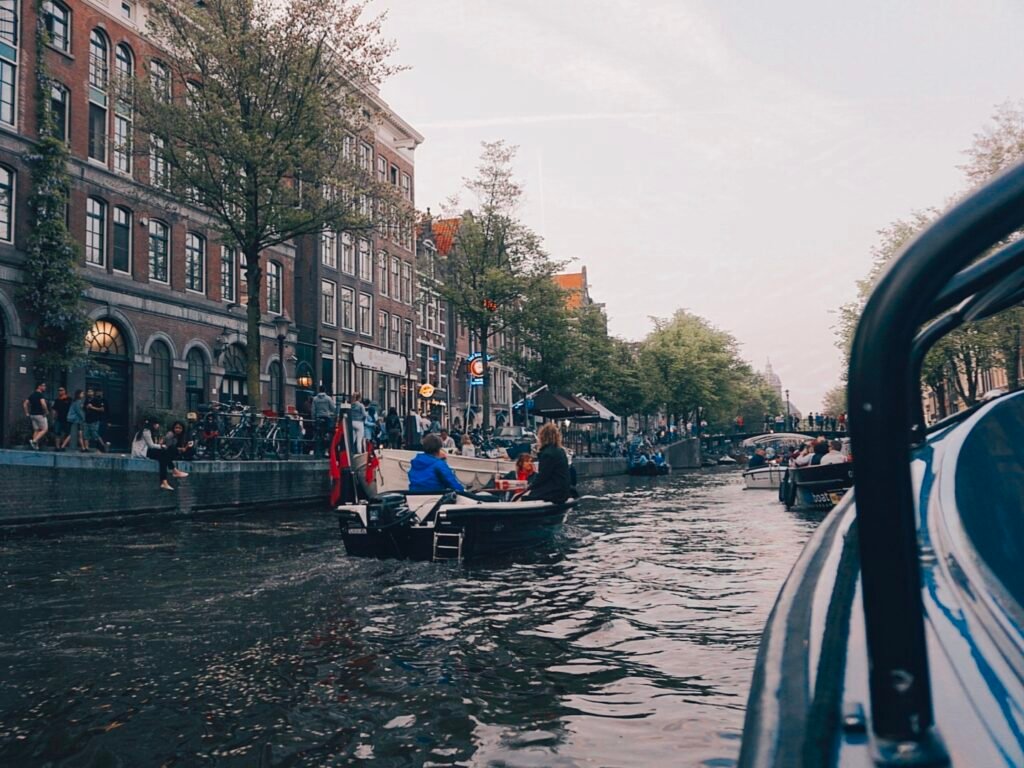
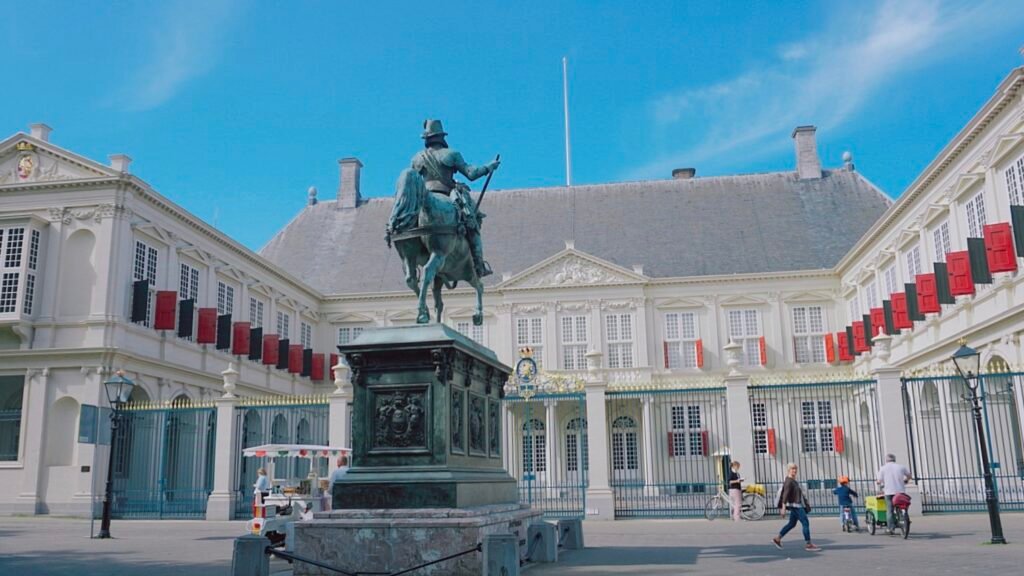
🗺️Days5️⃣-6️⃣: Netherlands → German (Munich only)
- Transport: $42 (€40)/ride, night bus from Rotterdam to Munich
- Hostel: $36(€35)/day average offer breakfast, this is almost the cheapest I found in Munich
- Food: $21(€20)/day, Hofbräuhaus 0.5 litre and meat
- Free walking tour: $5.3 (€5) as you wish
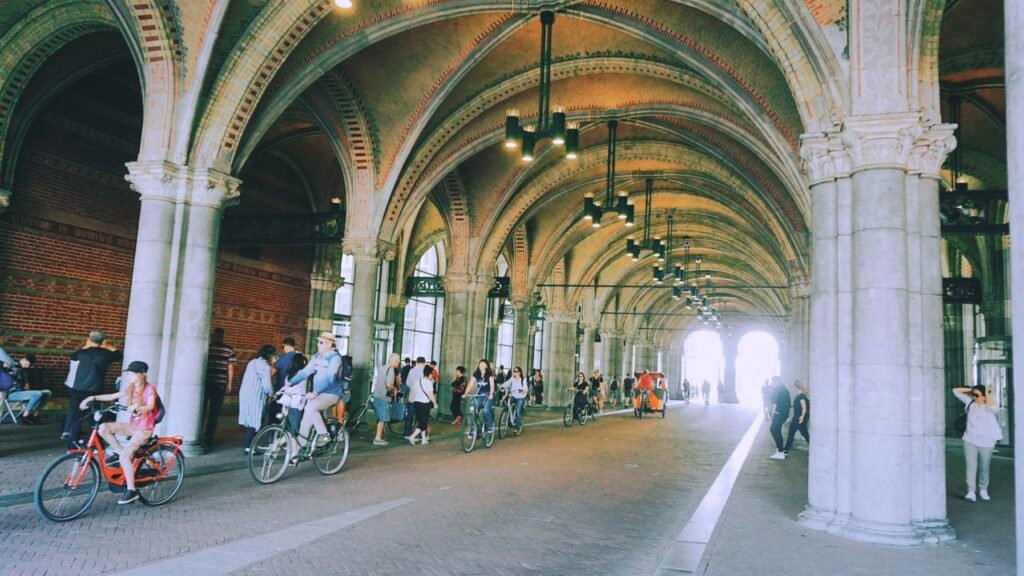
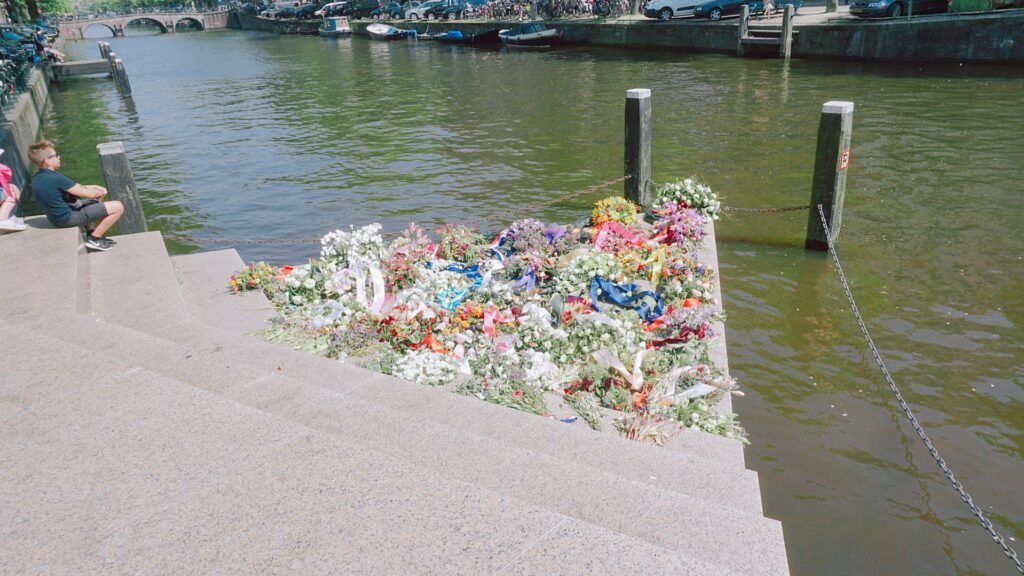

🗺️Days7️⃣-🔟: Munich → Switzerland
- City recommend: Lucerne, Interlaken
- Transport: $35.7 (€34)/ride, night bus from Rotterdam to Munich
- Local Transport: $10.5 (€10)/ride, from Lucern to Interlaken
- Hostel: $26(€25)/day average offer breakfast,
- Food: $42(€40)/day, I enjoyed a cheese fondue and Swiss food is really expensive.
- Jungfrau ticket: $126 (€120) ,here were half-price coupons for Chinese travelers.
🗺️Days1️⃣1️⃣-2️⃣0️⃣: Switzerland → Italy+ Vatican
- City recommend: Cinque Terre, Milan, Venice, Florence, Rome, Napoli
- Transport: $29.7 (€28)/ride, Italo from Interlaken to Milan
- Local Transport: $10.5 (€10)/day average
- Hostel: $26(€25)/day average offer breakfast,
- Food: $21(€20)/day,
- Activities: Uffizi Gallery ticket: $20 (€19) , Colosseum (Colosseo) tickets: $19 (€18), Pantheon tickets:$5.3(€5)
- Vatican Museums and Sistine Chapel fee: Standard entry: €17 + €4 online booking fee (without audio guide).
🗺️Days2️⃣1️⃣-2️⃣1️⃣: Italy → France
- Transport: $21 (€19.9)/flight, cheap flight from Napoli to Merseille
- Hotel: $31.5(€30)/day, a well stay finally! coz last night I slept in the airport the first night.
- Food: I forgot what I ate.
🗺️Days2️⃣2️⃣-2️⃣5️⃣: France → Spain Barcelona
- Transport: $30 (€29)/ride, Cheap flight from Marseille airport
- Local Transport: by foot
- Accommodation: live in friend’s apartment
- Food: $21(€20)/day, most of the time go dutch with my friend
- Activities:
🗺️Days2️⃣5️⃣-2️⃣8️⃣: Spain → Portugal
- Transport: $17 (€16)/one – way flight, $4.3 (€4)/ ride, bus from Lisbon to Porto
- Local Transport: by foot
- Hostel: $21(€20)/day average, better quality than those in western Europe in this price.
- Food: $16(€15)/day average
- Activities: Lisbon Tram Ticket: $3.3 €3.10 (single), Porto Winery Tour: $10.5 €10
🗺️Days2️⃣9️⃣-3️⃣3️⃣: Portugal → Spain
- Transport: $31.5 (€29.99)/single, night bus from Porto to Seville
- Local Transport: by foot
- Hostel: $26(€25)/day average
- Food: $16(€15)/day average
- Activities: Real Alcázar entry $14(€13.5), Alhambra $20(€19)
🗺️Days3️⃣3️⃣-3️⃣5️⃣: Spain Granada → Spain Madrid
- Transport: $42 (€40)/single-way bus
- Hostel: $26(€30)/day average
- Food: $16(€15)/day average
How Much Does a Trip to Europe Cost for 35 days ?
A 35-day trip to Europe can be surprisingly affordable, with daily costs ranging from $80 to $120. By carefully planning accommodations, transportation, and meals, you can explore the continent’s incredible diversity without breaking the bank. From UNESCO World Heritage sites like Cinque Terre in Italy and the canals of Amsterdam to cultural gems like Spain’s seafood cuisine and Portugal’s wine regions, Europe offers countless unforgettable experiences. Add in breathtaking natural masterpieces such as Switzerland’s Jungfrau region, and you’ll find that traveling all over Europe is not only achievable but also highly rewarding.
Costs of Traveling in Europe
Travel on a budget in Europe, from $80 − $120 USD per day per person, or better quality for travel in two may cost from $150 − $200 a day. Whether, tailor your European adventure to your travel desires or budget constraints by setting the duration of your trip accordingly.
Epilogue of 35-Day Budget-Friendly Europe Trip
Traveling Europe on a budget is not only possible but incredibly rewarding. My journey proves that Western and Southern Europe can offer unforgettable experiences without overspending. With proper planning and smart strategies, your dream Europe trip awaits—start planning now for 2025!
Pro Tip: Take advantage of early discounts and protect yourself with EU flight delay compensation to further optimize your budget.
